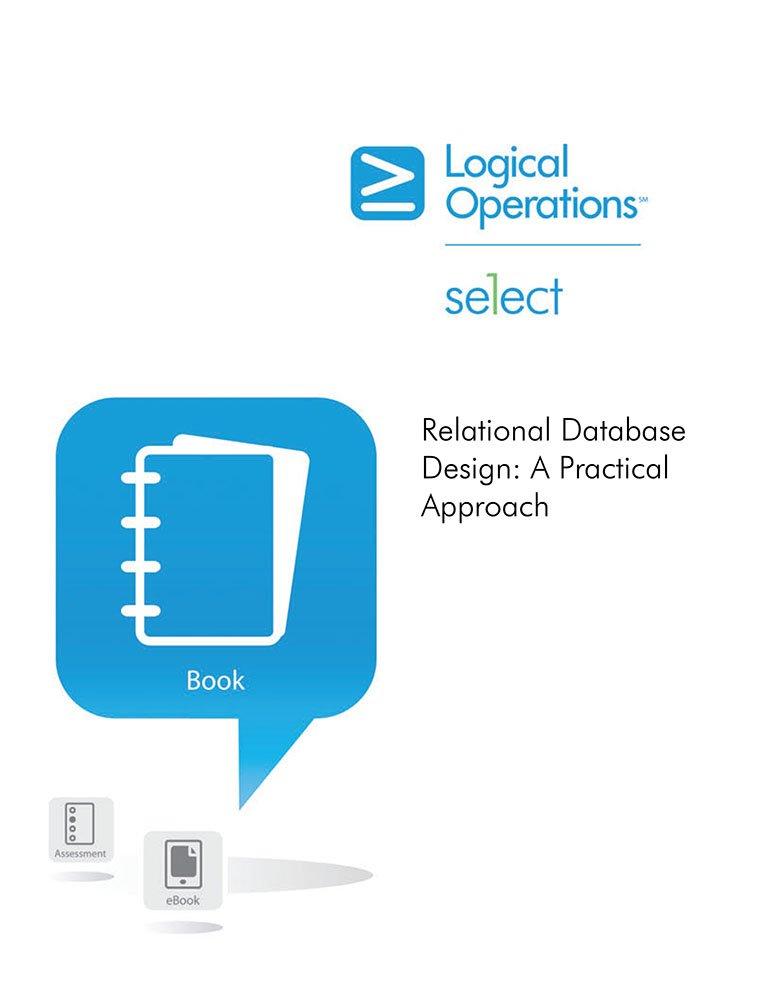Your work for a company that sells and installs landscaping plants. Your job is to k track of plant sales (related to landscaping), property locations where landscaping work has been accomplished (or will be accomplished), and service hours. As an example, consider the following job: Five Lilacs were planted at 123 E. Elm, Oakland, CA, 90800, under the service contract number 500, of 5/12/2004, which took 6.0 hours. Studying the possible entities (and thus tables), you conclude that the following tables of data are required (the attributes underlined are the current primary keys for each table): PROPERTY (street, city, state, zip) PLANT (item number, variety name, price) SERVICE (contract number, date, total hours) You must track which plants were planted at which locations, and the location where each contract took place (see example above). To do this, you must take these entities and create the proper relationships between them. Plants may be planted in many properties; a property has one or more plants planted. Keep in mind that we always want to design our databases economically (in terms of disk space and duplication). Your homework is two-fold: 1. Provide an ERD for the three tables and include all of their attributes (fields). You may draw this free-hand in the space below, or use Astah 2. Create the three tables using Access, populate them with data (two records in each table), and create the relationships (properly, of course). Save this DB as Constraints- HW. Turn in using Blackboard Your work for a company that sells and installs landscaping plants. Your job is to k track of plant sales (related to landscaping), property locations where landscaping work has been accomplished (or will be accomplished), and service hours. As an example, consider the following job: Five Lilacs were planted at 123 E. Elm, Oakland, CA, 90800, under the service contract number 500, of 5/12/2004, which took 6.0 hours. Studying the possible entities (and thus tables), you conclude that the following tables of data are required (the attributes underlined are the current primary keys for each table): PROPERTY (street, city, state, zip) PLANT (item number, variety name, price) SERVICE (contract number, date, total hours) You must track which plants were planted at which locations, and the location where each contract took place (see example above). To do this, you must take these entities and create the proper relationships between them. Plants may be planted in many properties; a property has one or more plants planted. Keep in mind that we always want to design our databases economically (in terms of disk space and duplication). Your homework is two-fold: 1. Provide an ERD for the three tables and include all of their attributes (fields). You may draw this free-hand in the space below, or use Astah 2. Create the three tables using Access, populate them with data (two records in each table), and create the relationships (properly, of course). Save this DB as Constraints- HW. Turn in using Blackboard







